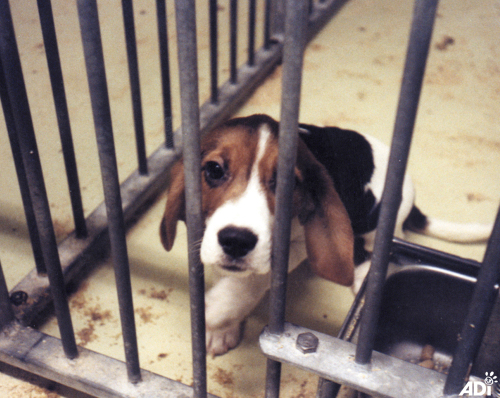World Day for Laboratory Animals 2021 History, Significance & Facts: World Day For Animals In Laboratories (WDAIL) which is also known as World Lab Animal Day is held every year on 24 April. The adjoining week has arisen to be known as “World Week for Animals In Laboratories”. The National Anti-Vivisection Society (NAVS) define the day as an “international day of commemoration” for all the animals in laboratories.

World Laboratory Day 2021
History:
At first, the World Day For Animals In Laboratories was established in the year 1980 by People for the Ethical Treatment of Animals(PETA). PETA Founder, Ingrid Newkirk formed the day to advocate for animals in labs.
At present the event is marked by protests and objections by groups opposed to the usage of animals in any kind of study or research. In April 2010 protesters marched through central London shouting for the conclusion to the use of animals in research. A related march also took place in Birmingham in the year 2012 as well as Nottingham in the year 2014.
World Day and World Week For Animals In Laboratories have also gained attention from scientific groups defending the usage of animals in research. On 22 April 2009 associates of UCLA Pro-Test conducted a rally in backing of biomedical research on animals and to condemn the fierceness and harassment directed at faculty member Prof. David Jentsch by animal activists.
NAVS and additional groups opposed to animal research and have claimed that World Day For Animals In Laboratories is documented by the United Nations. On the other hand, the day is not incorporated on the official list of United Nations observances.
Facts about Animal Testing
There are more than 100 million animals which are burned, crippled, poisoned, and abused in the labs for testing every year.
About 92% of experimental drugs that are safe and effective in animals remain ineffective in human clinical trials as they are too unsafe or else don’t work.
The labs that use birds, mice, rats, reptiles and amphibians are excused from the minimal protections under the Animal Welfare Act (AWA).
Europe, which is the world’s largest cosmetic market, Israel and India have previously banned animal testing for cosmetics, as well as the sale or import of newly animal-tested beauty products.
Quite a lot of cosmetic tests are usually performed on mice, rats, rabbits, and guinea pigs and those comprises of skin and eye irritation tests where chemicals are rubbed on shaved skin or dropped into the eyes deprived of any pain relief.
As per to the Humane Society, registration of a single pesticide needs more than 50 trials and the usage of as many as 12,000 animals.







